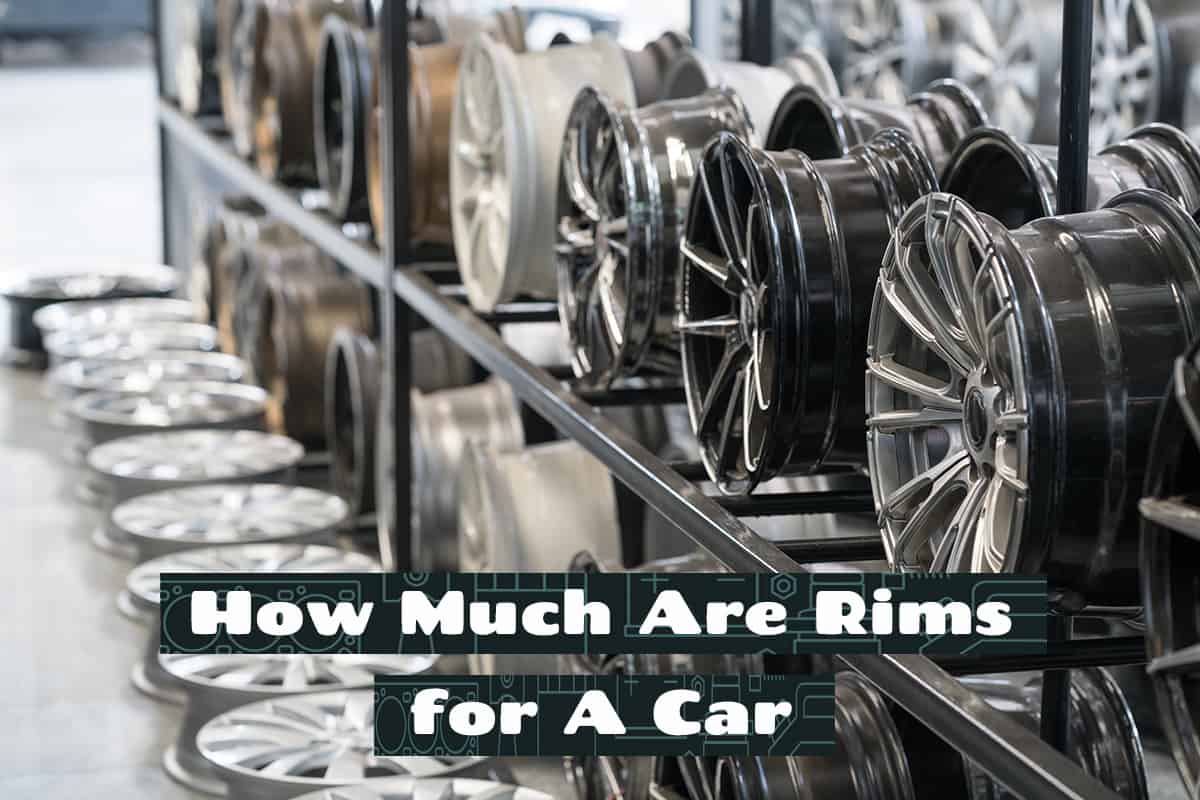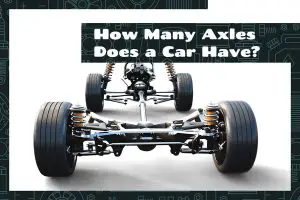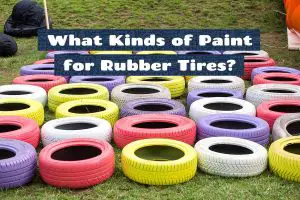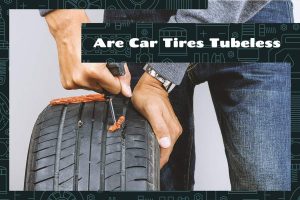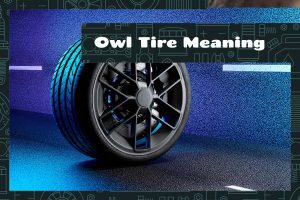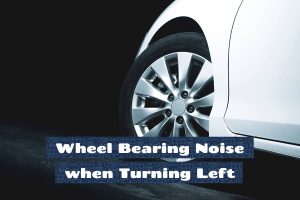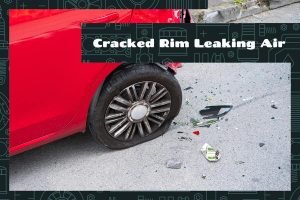Car rims, those often glossy and metallic circles nestled within tires, are crucial elements of your vehicle’s makeup. They’re not just aesthetic embellishments—they directly influence your car’s performance, fuel efficiency, and safety. Yet, when it comes to car maintenance and upgrades, their cost is often overlooked.
A set of new rims generally costs between $200 to $1000, depending on the size, material, brand, and design. The cost of used rims can range from $100 to $500, considering factors such as condition, age, and the above-mentioned variables.
This guide will guide you through the world of car rim costs. We’ll also examine factors affecting these costs and the difference between new and used rims.
What are Car Rims?
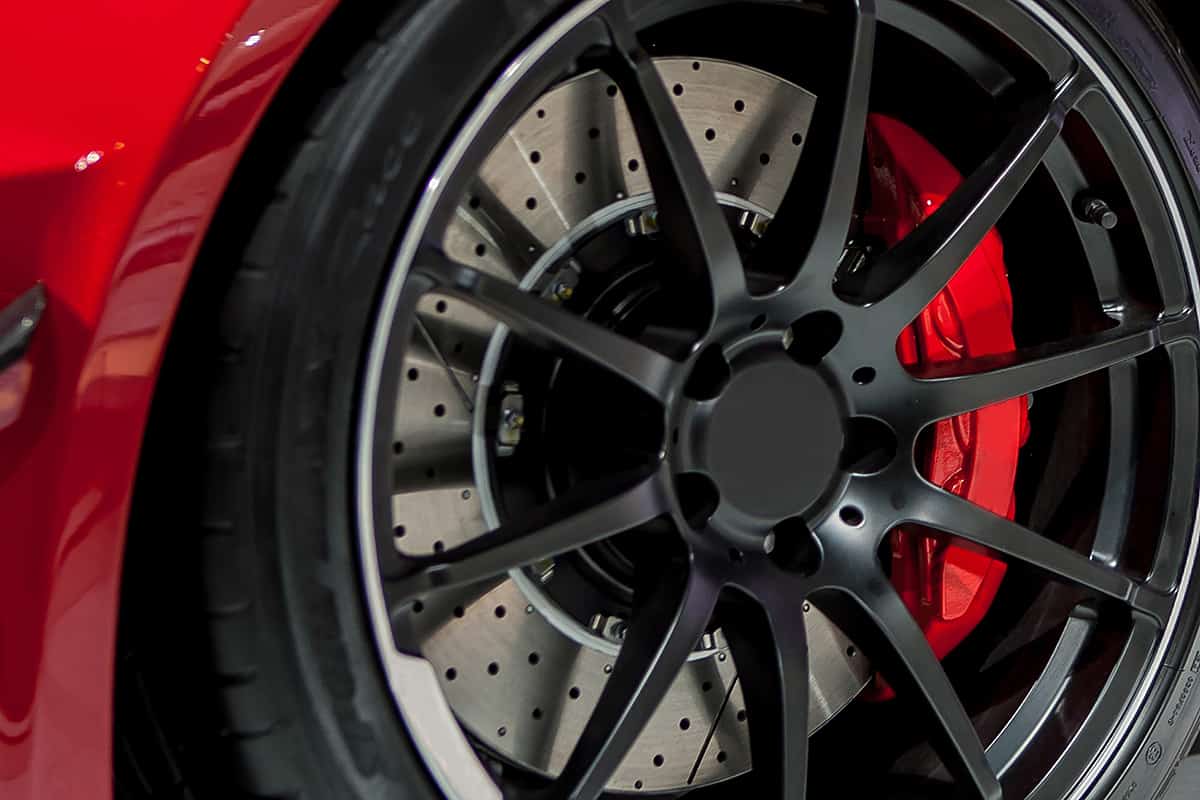
Car rims, also known as wheel rims, are the outermost circular part of the wheel where the tire mounts. Constructed from various materials like alloy, steel, and chrome, rims come in different sizes and designs.
Beyond providing the mounting point for tires, they play multiple roles. They are essential for maintaining proper tire pressure and aiding tire fitment. Moreover, rims support the vehicle’s weight, transmit the forces between the tire and the car body, and play a significant role in steering control.
Factors Influencing the Cost of Car Rims
The cost of car rims isn’t uniform. It varies widely based on a host of factors, including the material used, the size of the rims, the design, and the brand or manufacturer. Each of these factors influences not just the upfront cost of the rims but also long-term costs like maintenance and potential replacement.
Material Used
The material of car rims plays a significant role in determining their cost.
- Alloy Rims: Made from an aluminum or magnesium alloy, these rims are known for their lightweight and good heat dissipation properties, which improve brake performance. The manufacturing process for alloy rims is more complex, which is why they typically cost more than steel rims.
- Steel Rims: These are often the choice for those looking for durability and cost-effectiveness. Steel rims are cheaper to produce, making them a more budget-friendly option. However, their added weight can impact the vehicle’s fuel efficiency and speed.
- Chrome Rims: Chrome rims aren’t made entirely of chrome. Instead, they’re usually alloy or steel rims with a layer of chrome. While chrome rims offer a shiny, aesthetically pleasing finish, the process of adding the chrome layer adds to the cost.
Size of the Rims
The size of car rims directly affects their price. As a general rule, larger rims tend to be more expensive. Standard rim sizes for passenger cars start at around 15 inches, but they can go up to 20 inches or more for sports cars and larger vehicles like trucks and SUVs. While larger rims can provide a vehicle with a sportier look and better handling, they require more material to manufacture, hence the higher cost.
Design and Aesthetic Value
Just like any product, the more intricate the design, the higher the price. Simple, mass-produced rims are generally cheaper, while custom-designed or intricate rims are more expensive. Rims with a unique finish, such as polished, painted, or machined, can also cost more due to the additional processing.
Brand and Manufacturer
Similar to most products, the brand name associated with car rims can significantly influence their price. Rims from well-known, reputable manufacturers often come with a higher price tag. This is due to factors such as the quality of materials used, the manufacturing process, design innovation, brand reputation, and often, the warranty offered.
Installation Costs
When considering the total cost of owning new car rims, one factor that should not be overlooked is the cost of installation. The purchase price of the rims themselves is only part of the overall expense. Installation costs can add significantly to your total outlay, and various factors can influence how much you’ll need to pay for this service.
Costs Involved in Rim Installation
- Labor Costs: The bulk of installation costs typically comes from labor charges. The amount of time it takes to install car rims can vary depending on the type of rims, the vehicle model, and whether tire mounting and balancing are also needed.
- Equipment Costs: Installing new rims often requires specific equipment, such as a tire changer and wheel balancer. Some service providers may include an equipment usage fee in their pricing.
- Additional Services: In some cases, you may need additional services when installing new rims, such as tire mounting, wheel balancing, and alignment. Each of these services can add to the total cost of installation.
There are several ways to potentially reduce your installation costs. These include shopping around for the best service rates, considering package deals that combine rim purchase with installation services, and learning to install the rims yourself if you’re handy and have access to the necessary equipment.
Purchasing New vs. Used Car Rims
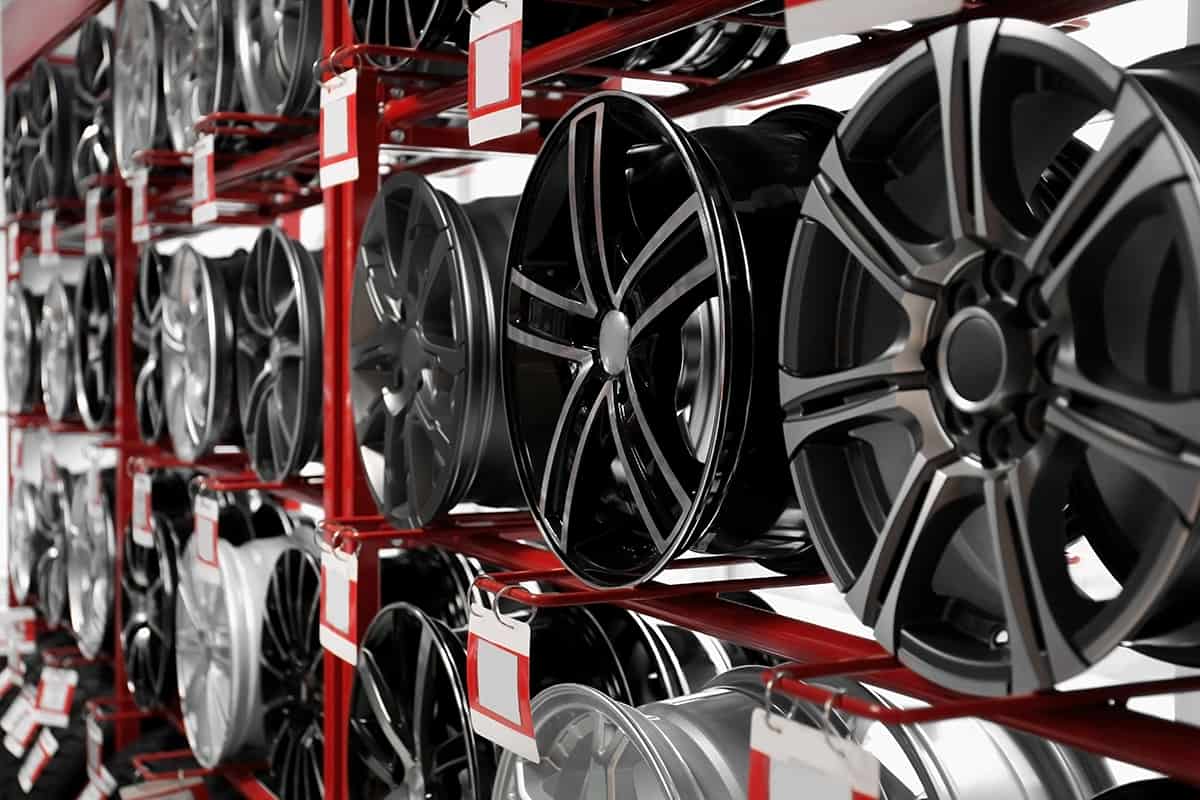
Whether to invest in new or used car rims is a question many vehicle owners grapple with. Each option has its pros and cons, and the best choice often depends on your specific needs, budget, and risk tolerance. Let’s learn about the advantages and potential drawbacks of both options to help inform your decision.
Buying New Car Rims
Purchasing new car rims comes with several benefits.
- Quality Assurance: With new rims, you can be confident in their condition. They have not been subjected to wear and tear or potential damage from prior use.
- Warranty: New rims usually come with a manufacturer’s warranty. This can offer peace of mind, knowing that you’re covered if the rims have defects or encounter issues within the warranty period.
- Customization: Buying new often allows you to choose from the latest designs, sizes, and finishes, enabling you to find the perfect fit for your vehicle’s aesthetics and performance needs.
However, the primary downside of new rims is the cost. New car rims, especially those from reputable brands or with unique designs, can be quite expensive.
Buying Used Car Rims
Used car rims can be a cost-effective alternative to new ones.
- Lower Cost: The most significant advantage of buying used rims is the price. Used rims can cost considerably less than their new counterparts, which can be particularly beneficial if you’re on a tight budget.
- Eco-friendly: Buying used is a form of recycling, which is beneficial for the environment. By purchasing used rims, you’re giving them a new lease of life and reducing demand for new production.
Despite these advantages, buying used car rims also has potential drawbacks.
- Potential Damage: Used rims may have been subjected to stress, damage, or improper repairs. Such issues can be hard to detect but can significantly affect your vehicle’s safety and performance.
- Limited Choices: Your choices may be limited when buying used rims, particularly in terms of design, size, and finish. You may also struggle to find a complete set that matches, especially for more unique or older designs.
- No Warranty: Used rims typically don’t come with a warranty. Therefore, if they fail or show defects after purchase, you might have to cover the replacement or repair cost out of pocket.
To mitigate the risks associated with buying used rims, always ensure you purchase from a reputable seller. You should also have used rims checked by a trusted mechanic or wheel specialist before installation.
FAQs
1. Are expensive rims worth the cost?
If you frequently drive under demanding conditions, or you place a high value on your vehicle’s appearance and performance, then investing in expensive rims might be worthwhile.
High-end rims often offer superior build quality, better performance, and more distinctive aesthetics. They’re typically made from premium materials, such as forged aluminum or alloy, which can offer greater strength and lighter weight than cheaper options.
2. How often should I replace my car rims?
Unlike certain car parts, such as tires or brake pads, car rims don’t have a specific replacement schedule. The lifespan of your rims depends largely on their quality, the conditions under which they’re used, and how well they’re maintained. Good quality rims can last the lifetime of the vehicle if they’re properly cared for and not subjected to harsh conditions.
3. What are signs that I should replace my car rims?
Several signs can indicate that your car rims may need to be replaced.
- Physical Damage: If your rims have visible cracks, bends, or significant scrapes, it may be time for a replacement. Such damage can impact the rim’s structural integrity and your vehicle’s performance.
- Recurring Tire Issues: If you’re consistently experiencing flat tires, rapid tire wear, or problems with tire pressure, your rims might be the issue. Damage or deformities in the rim can cause tire beads to not seat correctly, leading to these problems.
- Vibration or Unusual Noises: If your car vibrates while driving or you hear unusual noises, particularly from the wheel area, this could suggest a problem with the rims. These symptoms can indicate that the rim is bent or otherwise damaged.
- Poor Handling: If your car isn’t handling as well as it used to, the rims could be the culprit. Damaged rims can negatively impact vehicle stability and control.
